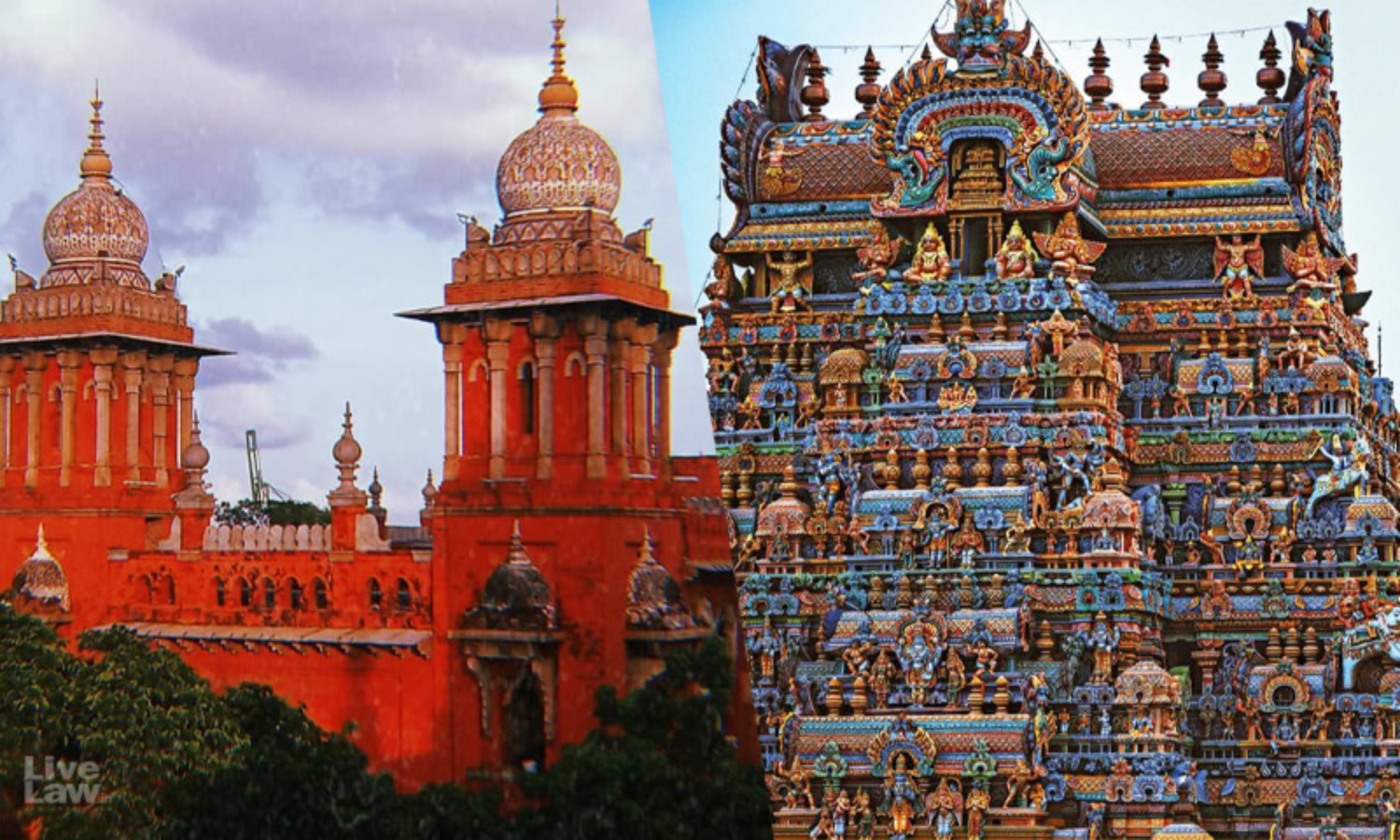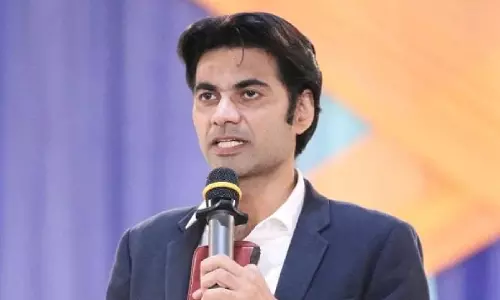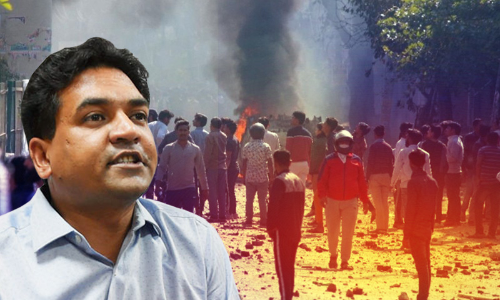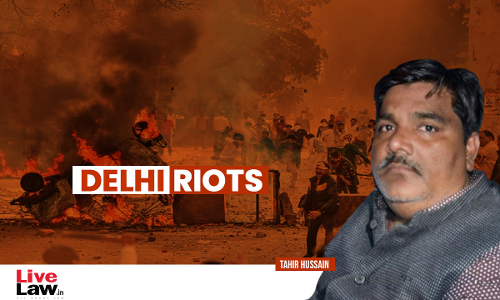Should Temples Be Under Govt Control? Aren't Activists Justified In Arguing Govt Should Exercise Same Control Over Mosques & Churches? Madras HC Asks

The Madras High Court has quashed two FIRs against temple activist Rangarajan Narasimhan for allegedly posting defamatory social media posts about the Srirangam Temple administration (Srirangam Lord Ranganathaswamy Temple).While quashing the FIRs, Justice G.R Swaminathan observed that Section 199 CrPC places a bar on the registration of an FIR for defamation. The court underscored that...
The Madras High Court has quashed two FIRs against temple activist Rangarajan Narasimhan for allegedly posting defamatory social media posts about the Srirangam Temple administration (Srirangam Lord Ranganathaswamy Temple).
While quashing the FIRs, Justice G.R Swaminathan observed that Section 199 CrPC places a bar on the registration of an FIR for defamation. The court underscored that Section 199 mandates about the court not taking cognizance of the offences in Chapter XXI of IPC [ Defamation] unless there is a complaint made by some person aggrieved by the offence.
When the matter was adjudicated, the single judge bench also raised some questions about the administration of temples.
"Should they (temples) continue to be under the thumb of the government? Should not the government professing to be secular treat all religious institutions on par?. Are not knowledgeable and committed activists like Shri.T.R.Ramesh justified in arguing that the government should exercise the same degree and level of control over temples as are exercised over churches and mosques?. Such questions and thoughts cross my mind because the petitioner before me is not only a passionate devotee but also an activist."
After holding that the FIRs are not maintainable for the reason that the offence falls under Section 500 IPC, the court went on to consider if the offence under Section 505(2) [Statements creating or promoting enmity, hatred or ill-will between classes] has been committed by the petitioner.
Citing Bilal Ahmed Kaloo v. State of A.P (1997), the court observed that the remarks were made by a Vaishnavite against the administration of a Vaishnavite temple and its executive officer, and there is nothing to show that one group was pitted against the other on any grounds. Referring to Bilal Ahmed Kaloo, the court said:
"...the common feature in Sections 153A and 505(2) being the promotion of feeling of enmity, hatred or ill-will "between different" religious or racial or linguistic or regional groups or castes and communities, it is necessary that at least two such groups or communities should be involved. Further, it was observed that merely inciting the feeling of one community or group without any reference to any other community or group cannot attract either of the two Sections. The petitioner's allegations do not involve two groups at all.
The court also observed that the invocation of Section 45 in the Information and Technology Act pertaining to residuary powers is also misconceived. The court observed that the inclusion of the same in the FIR was against the law.
"...In an essay published in (2014) PL December 76 on Frauds and Cyber Frauds in Banking Sector, it is mentioned that the Information Technology Act, 2000 has made the banks liable for both criminal and civil action. In the footnotes, Sections 65 to 74 are referred under the former category while Section 43 to 45 are referred under the latter category. The statutory scheme is very clear and admits of no doubt. Section 45 can be invoked for the purpose of recovering compensation under the circumstances set out in the provision itself. It is not a substantive offence."
At the outset, the court also made an observation that Tamil Nadu is a land of temples and temples have played a prominent role in its culture. The court also noted that the temples in Tamil Nadu are in a deplorable state.
" Lands endowed for their maintenance have been gobbled up by private interests. Antique idols have been stolen and smuggled overseas. The temple staff are paid a pittance. Thousands of temples are facing utter neglect. Even poojas are not being performed. Much needs to be done to revive their glory", the court observed.
The defacto complainant in the case was the executive officer of the temple, who alleged that highly defamatory allegations against the temple management were made on social media. The defacto complainant further alleged that the allegations are not only wild but also calculated to cause alarm in the minds of the devotees.
The petitioner argued that he was only exposing the several wrongdoings of the temple administration. Padma Bhushan recipient and Ex-Chairman of the Board of Trustees of Sri Ranganatha Swamy Temple, Mr Venu Srinivasan, was also one of the respondents.
The court, while allowing the petitions under Section 482 Cr. P.C also made a mention that any form of discourse or debate should conform to the highest standards of civility.
"...There can be no place for force or violence even in the slightest degree. Of course, I am not here to dish out sermons to the petitioner. I am no Prashant Kishor. The petitioner has not come to me for consultation. He has come seeking adjudication and I better confine my role to that."
Relying on the State of Haryana v. Bhajan Lal (1992), Madras High Court also added that the case against the petitioner falls under certain heads that the apex court has held as justified for invoking the extraordinary power under Article 226 or the inherent powers under Section 482 of Cr.Pc to quash the criminal prosecution.
The court pointed out that since Section 500 IPC can only be prosecuted in the manner prescribed under Section 199 CrPC, the following parameter as laid down in Bhajan Lal will apply: "6. ....express legal bar engrafted in any of the provisions of the Code or the concerned Act (under which a criminal proceeding is instituted) to the institution and continuance of the proceedings..."
Since the offence under Section 505(2) is not applicable because the petitioner has not pitted one group against the other, parameters 1 and 3 as laid down in the case are also applicable, the court observed. Parameters 1 and 3 are as follows:
1. Even if the allegations in the FIR are taken at their face value and accepted in its entirety, it does not prima facie constitute an offence
3. Where the uncontroverted allegations made in the FIR... do not disclose the commission of any offence and make out a case against the accused
Since the court had already pointed out that Section 45 of the IT Act, 2000 only envisages a civil remedy and cannot be construed as a penal provision, the court held that the FIRs were not maintainable 'from any angle'.
Case Title: Rangarajan Narasimhan v. Inspector of Police, Srirangam Police Station & Ors.
Case No: Crl.OP(MD)Nos.20380 & 20387 of 2021 and CRL.MP(MD)Nos.11584 & 11588 of 2021
Citation: 2022 LiveLaw (Mad) 77
Click Here To Read/ Download Order




